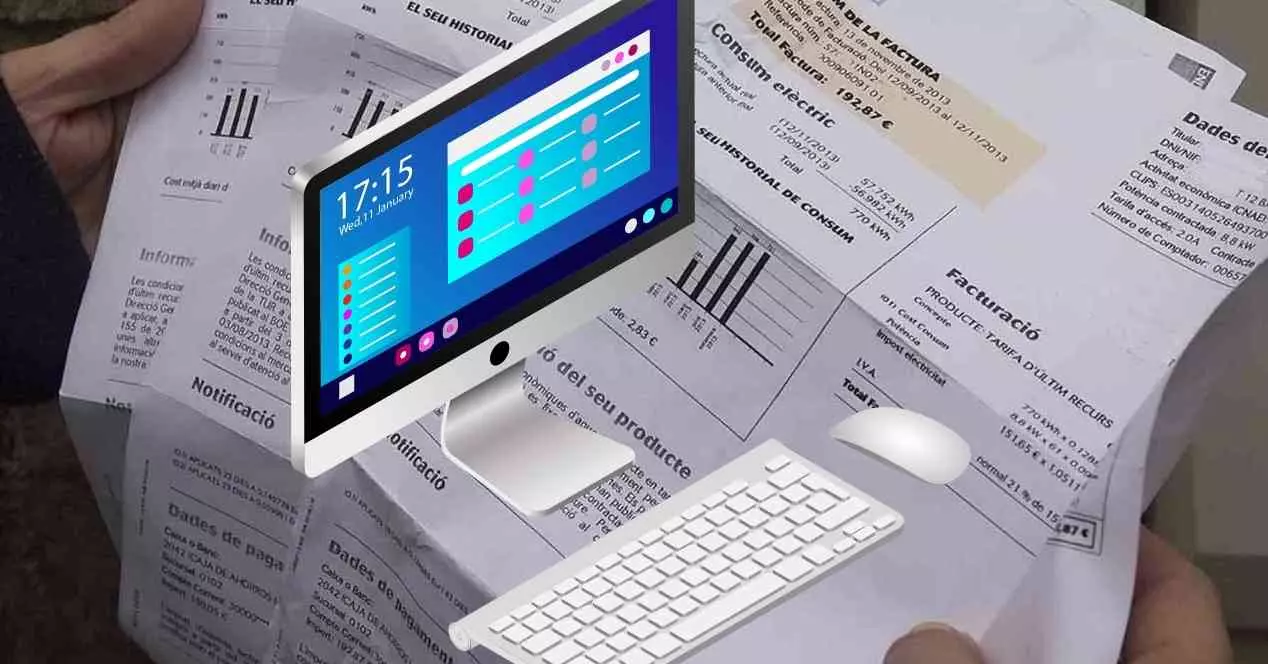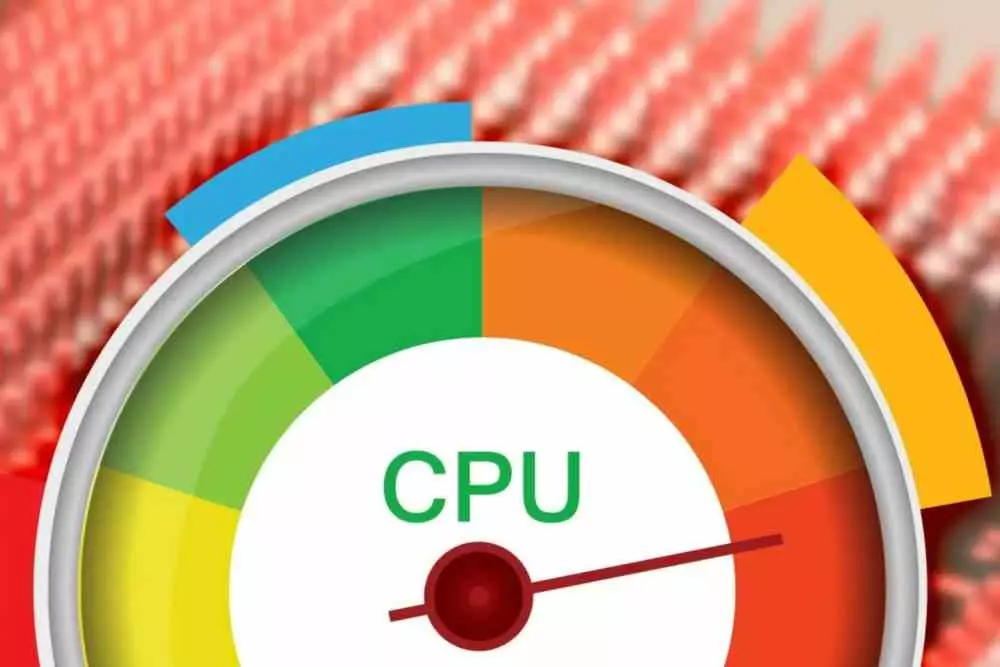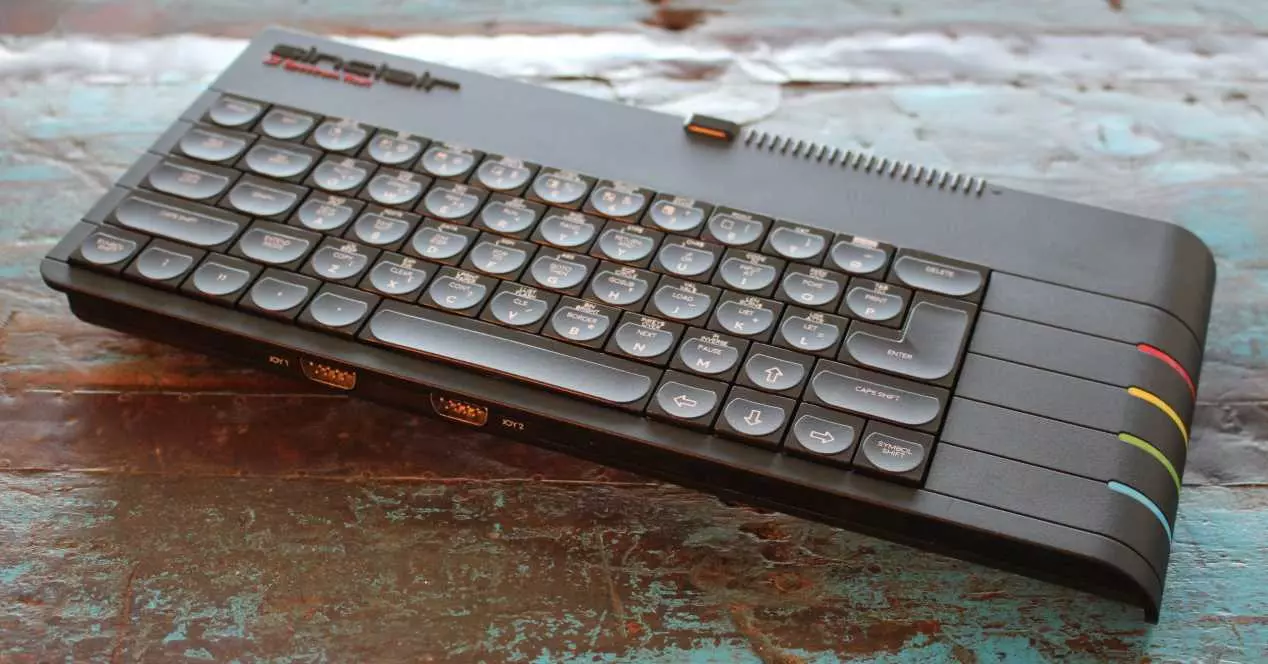
With the news of the increase in component consumption appearing in recent months to many, such a statement will seem like a joke. However, despite the catastrophic scenario, this is not entirely the case. Given that the vast majority of jobs carried out with a computer reduce power consumption over time and have a minor impact on the electricity bill.
When we talk about high levels of consumption, rather TDP, since it is not exactly the same, we are not talking about the average use of a computer. What we are talking about is the maximum consumption that said component can reach in a Boost period. That is, when it is necessary for it to increase its clock speed and its voltage in order to solve the part of a program as quickly as possible. On the other hand, for the rest of the tasks and especially the daily ones, a positive impact has been seen in the cost of the electricity bill.
Why does a new PC spend less on electricity bills?
Imagine that the processor of a computer is a cyclist, obviously it will make less effort where there are flat or descents, but it will put all the effort and physical effort on the climbs. So we can make a quick comparison, since those increases will be when the processor is placed in Boost mode to increase its speed and thus its consumption.
Over time and as you get fitter, what used to take a lot of effort for the cyclist will become less effort. Well, contemporary processors work in a similar way, they don’t give all the effort they can with light tasks. And when does a task become light for a CPU? When we have a newer and therefore more powerful system.
This is easy to check, take two computers, one older than the other, and put them exactly the same environment in terms of applications. You will see later that the use of the processor is less. Which means that the processor will not have to be placed at high clock speeds to perform such a task with ease and without problems. And it is that the components of your computer will not use 100% of their performance if it is not necessary.
We must start from the fact that, although from time to time we talk about computers for gaming, the vast majority of PC users in the world use them for daily professional tasks that over time reduce the percentage of use over the total computer power. Which has led to the appearance of low-consumption computers and that many consider that with the somewhat vitaminized version of mobile technology they can face the PC of a lifetime.
On-chip accelerators are key to reducing consumption
An accelerator is a highly specialized piece of hardware for a task, so they are very simple pieces with limited utility. However, their particularity is that they can perform this task with consumption ten times less than when the central processor or another part does it. Imagine for example that we have to open a compressed file in a specific format. It turns out that it is a very light task for the processor that can do it consuming only 10 W, but the accelerator can do the same with only 1 W of consumption and with the same speed.
Little by little, the designers of our computer chips are adding these parts to carry out common tasks, achieving that consumption is reduced in the global calculation and with it the impact on the electricity bill of our PC is increasingly minor. Nor can we forget the fact that in each iteration the hardware engineers seek to reduce as much as possible the consumption of the most used instructions in the programs.




